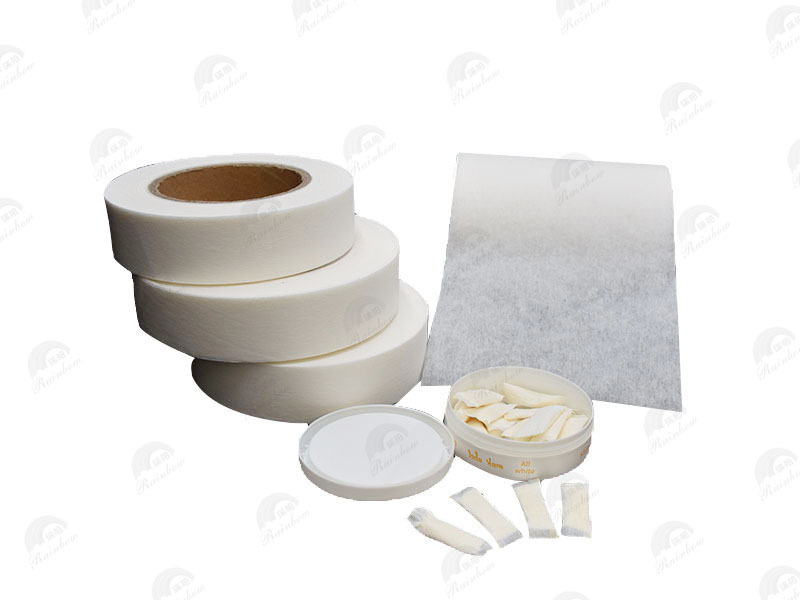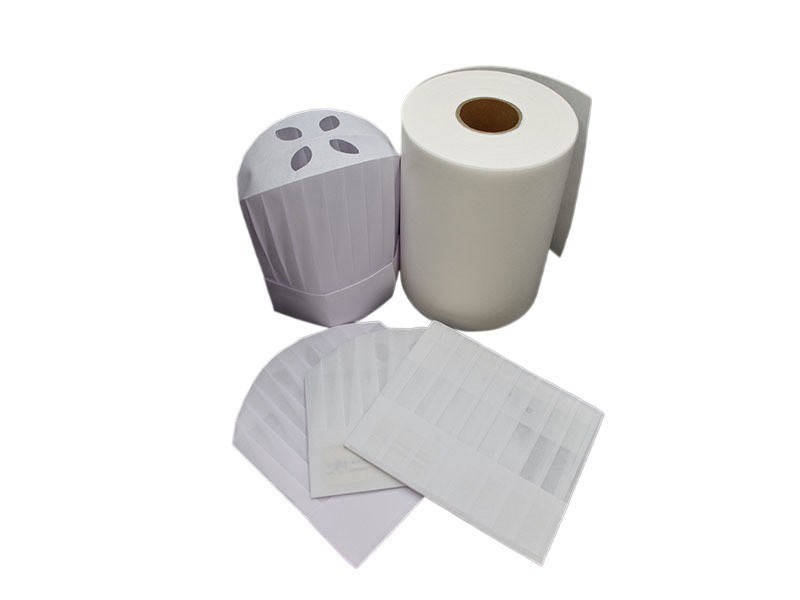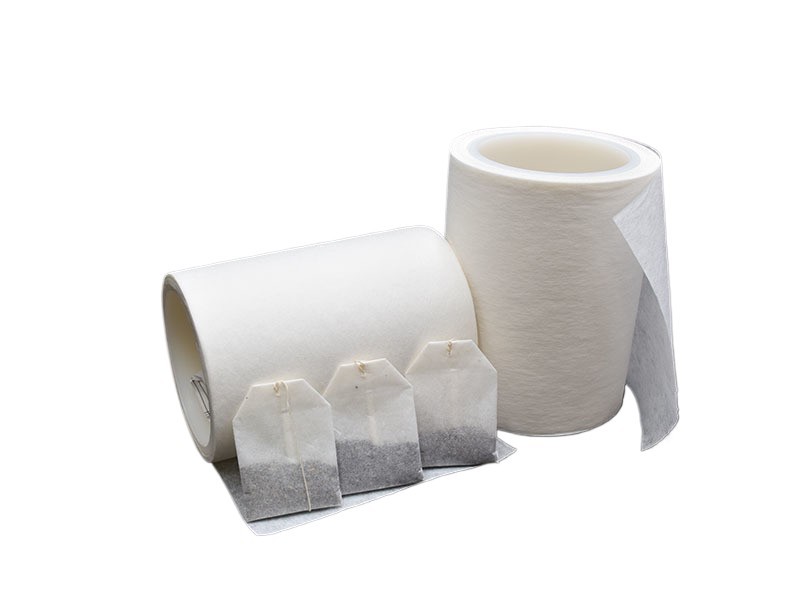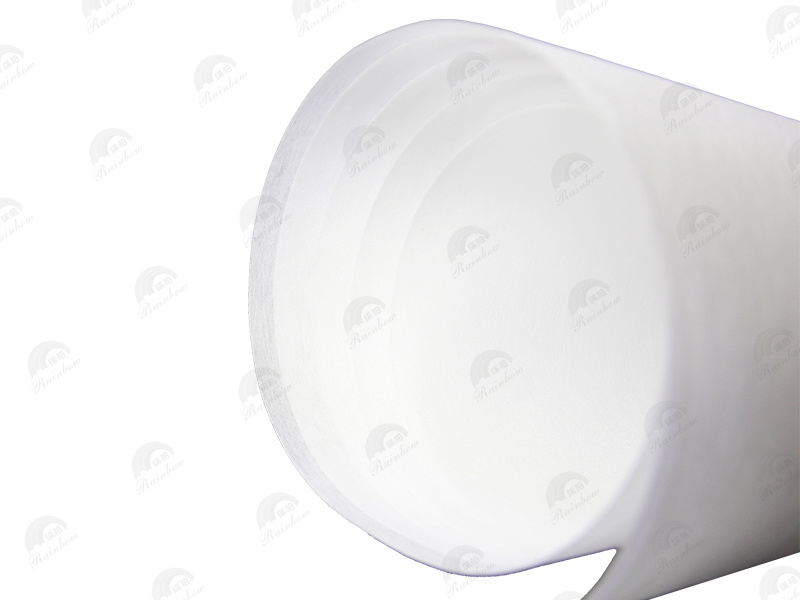Exploring Specialty Heat Seal Nonwoven Backings for Unique Embroidery
Release time:
2025-07-05
Exploring Specialty Heat Seal Nonwoven Backings for Unique Embroidery
Table of Contents
- Introduction to Heat Seal Nonwoven Backings
- What are Nonwoven Backings?
- Benefits of Using Heat Seal Nonwoven Backings
- Types of Heat Seal Nonwoven Backings
- How to Use Heat Seal Nonwoven Backings in Embroidery
- Best Practices for Using Heat Seal Nonwoven Backings
- Common Issues and Solutions
- Conclusion
- Frequently Asked Questions
Introduction to Heat Seal Nonwoven Backings
In the realm of embroidery, achieving precision and quality is paramount. As we continue to innovate in this field, **specialty heat seal nonwoven backings** have emerged as game changers. These materials not only enhance the aesthetic appeal of embroidery designs but also improve their functionality and durability. This article will guide you through the intricate world of heat seal nonwoven backings, exploring their variety, benefits, and application techniques that can help elevate your embroidery projects.
What are Nonwoven Backings?
Nonwoven backings are fabrics made from fibers that are bonded together through various processes which eliminate the need for traditional weaving or knitting. Unlike woven fabrics, nonwoven backings provide unique benefits in embroidery, including ease of use, flexibility, and varied textures that can enhance the final product. They are widely used in a variety of applications, from apparel to home décor, offering a stable foundation for intricate embroidery designs.
Benefits of Using Heat Seal Nonwoven Backings
When it comes to embroidery, using specialty heat seal nonwoven backings offers several advantages.
Durability and Longevity
One of the standout features of heat seal nonwoven backings is their **durability**. These materials are designed to withstand wear and tear, making them perfect for items that will be frequently washed or used. The heat-sealed bond creates a strong attachment between the backing and the fabric, ensuring that your embroidery remains intact even after multiple washes.
Versatility in Various Projects
Heat seal nonwoven backings come in a variety of thicknesses and textures, making them suitable for an extensive range of projects. Whether you are working on delicate garments, sturdy bags, or intricate crafts, there is a nonwoven backing tailored to your specific needs. Their versatility allows embroiderers to experiment with different materials without compromising the quality of the finished product.
Easy Application Process
Another significant advantage of heat seal nonwoven backings is the simplicity of their application process. With just a heat source, these backings can be easily applied to fabrics, eliminating the need for complicated stitching or adhesives. This ease of use not only saves time but also allows for more precise application, enhancing the overall quality of the embroidery.
Types of Heat Seal Nonwoven Backings
Understanding the different types of heat seal nonwoven backings can be critical in selecting the right material for your embroidery project. Here are the most common types:
Fusible Nonwoven Backings
Fusible nonwoven backings are coated with a heat-activated adhesive that bonds securely to fabrics when heat is applied. This type of backing is ideal for projects requiring additional stability, as it helps prevent distortions during the embroidery process. Fusible nonwoven backings are particularly beneficial when working with stretchy fabrics or delicate materials.
Adhesive-Backed Nonwoven
Adhesive-backed nonwoven materials feature a sticky surface that adheres to the fabric without the need for heat. These backings are perfect for temporary applications or when you need a quick fix. They can be easily removed or repositioned, making them a favorite among embroiderers looking for flexibility in their projects.
How to Use Heat Seal Nonwoven Backings in Embroidery
Using heat seal nonwoven backings in your embroidery projects is straightforward. Following a systematic approach can yield the best results.
Preparation Steps
1. **Select the Right Backing**: Choose a heat seal nonwoven backing that suits your fabric type and the complexity of your design.
2. **Cut the Backing**: Trim the backing to match the dimensions of your embroidery area, leaving a slight margin for ease of application.
3. **Align the Fabric and Backing**: Place the nonwoven backing on the wrong side of the fabric, ensuring that it is centered.
Application Techniques
1. **Heat Application**: Using a heat press or iron, apply heat to the backing according to the manufacturer’s instructions. Ensure that the heat is evenly distributed for a secure bond.
2. **Embroidery**: Once the backing is adhered, proceed with your embroidery design. The backing should provide a stable foundation for intricate stitching.
3. **Finishing Touches**: After completing the embroidery, trim any excess backing for a clean finish.
Best Practices for Using Heat Seal Nonwoven Backings
To achieve optimal results with heat seal nonwoven backings, consider the following best practices:
1. **Test First**: Always perform a test run on a scrap piece of fabric to determine the best temperature and duration for applying the backing.
2. **Use the Right Tools**: Invest in a quality heat press or iron that allows for precise temperature control.
3. **Monitor Fabric Compatibility**: Ensure that the heat seal nonwoven backing is compatible with the fabric to avoid damaging either material during application.
Common Issues and Solutions
Even with the best practices, some issues may arise when using heat seal nonwoven backings. Here are common problems and their solutions:
1. **Peeling**: If the backing begins to peel away after washing, it may not have been applied with sufficient heat. Reapply the backing, ensuring even heat distribution.
2. **Buckling**: If the fabric buckles during embroidery, it may indicate that the backing is too lightweight. Opt for a heavier backing for better stability.
3. **Adhesive Residue**: If adhesive residue remains on the fabric after removing the backing, use a fabric-safe adhesive remover to clean the area.
Conclusion
In summary, **specialty heat seal nonwoven backings** are an essential component for anyone serious about embroidery. Their durability, versatility, and ease of application make them a preferred choice for both hobbyists and professionals. By understanding the different types of nonwoven backings and employing best practices in their application, you can enhance the quality of your embroidery projects significantly. Embrace these innovative materials to achieve unique and stunning results that stand the test of time.
Frequently Asked Questions
1. What is the difference between fusible and adhesive-backed nonwoven backings?
Fusible nonwoven backings use heat-activated adhesives, while adhesive-backed nonwoven materials have a sticky surface that does not require heat for application. Each serves different purposes based on project needs.
2. How do I know which nonwoven backing to choose for my fabric?
Consider the fabric type, thickness, and the complexity of your design when selecting a nonwoven backing. Generally, heavier fabrics benefit from sturdier backings.
3. Can I reuse heat seal nonwoven backings?
Heat seal nonwoven backings are typically designed for single use. However, adhesive-backed options may allow for repositioning, depending on the manufacturer's guidelines.
4. Do heat seal nonwoven backings affect the embroidery design?
Yes, the right backing can enhance the quality and stability of your embroidery design, allowing for cleaner lines and better detail.
5. What should I do if my embroidery design is not adhering well to the backing?
Ensure that heat is evenly applied and that you have selected the correct backing type for your fabric. If issues persist, consider adjusting your technique or using a different backing material.
Heat Seal Nonwoven Backing for Embroidery
Previous Page
Previous Page
Latest News
Nantong Rainbow Technology Co., Ltd.
Telephone:+86-13587673537
E-mail:chrislc717@163.com
Address: Group 42, Xizansi Village, Xiting Town, Tongzhou District, Nantong City, Jiangsu Province

Copyright©2024 Nantong Rainbow Technology Co., Ltd. | Powered by www.300.cn
Copyright©2024 Nantong Rainbow Technology Co., Ltd.
Powered by www.300.cn





